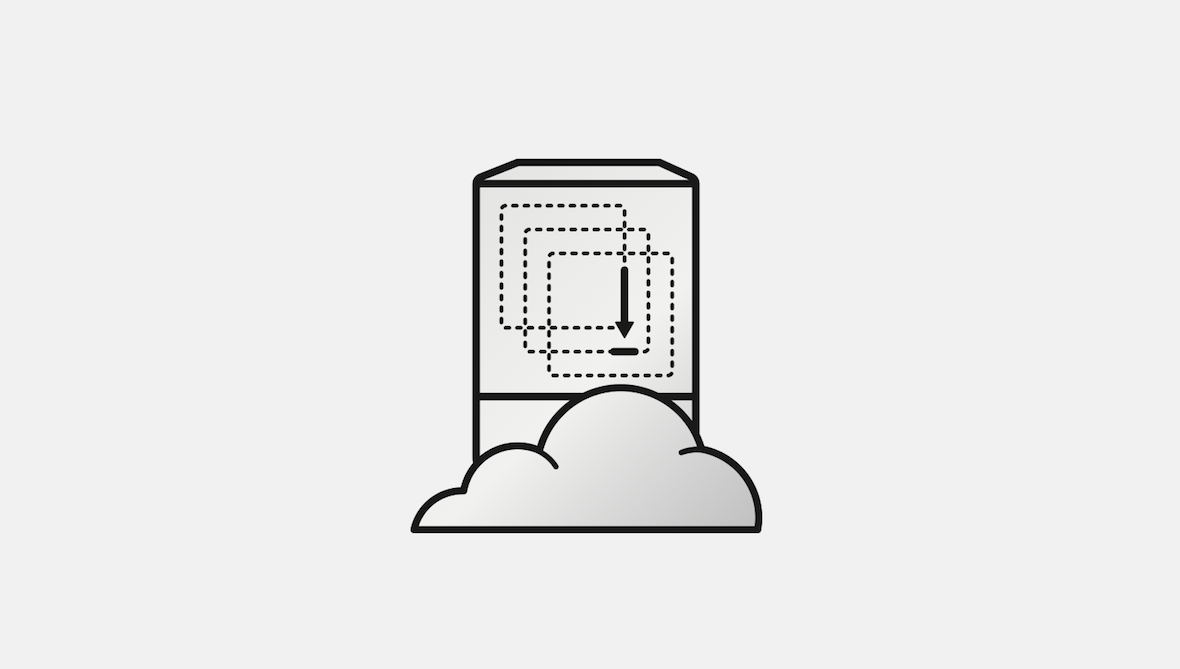

Exercise 1.6 - Read Only Containers
Exercise Description
Let’s move on to "Read Only" Containers. This exercise will examine read-only containers and how to manage them.
Overview
Imagine a scenario where an application gets compromised. The first thing the bad guy wants to do is to patch a backdoor into the application, so that the next time the application starts up, it starts up with the backdoor in place. If the container was read-only it would prevent leaving a backdoor in place and be forced to start the cycle from the beginning.
Docker added a readonly feature but it presents challenges since many
applications need to write to temporary directories like /run or /tmp and
when these directories are readonly, the apps fail. Red Hat’s approach
leverages tmpfs.
From Wikipedia:
tmpfs is a common name for a temporary file storage facility on many Unix-like operating systems. It is intended to appear as a mounted file system, but stored in volatile memory instead of a persistent storage device.
It’s a nice solution to this problem because it eliminates data exposure on the host.
Bottom line: As a best practice, run all applications in production with this mode.
Step 1. Run a read-only container using the tmpfs option.
Run a read-only container and specify a few writable file systems using the
tmpfs option.
sudo docker run --rm -it --name readonly --read-only --tmpfs=/run --tmpfs=/tmp rhel7.6 bashStep 2. Test the following commands inside the container
Now, try the following. What fails and what succeeds? Why?
mkdir /newdirmkdir /run/newdirmkdir /tmp/newdirStep 3. Exit the container
exit